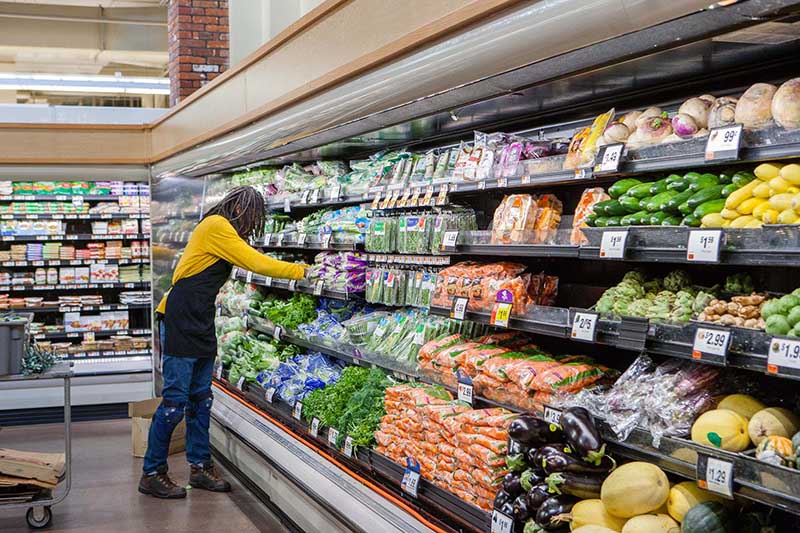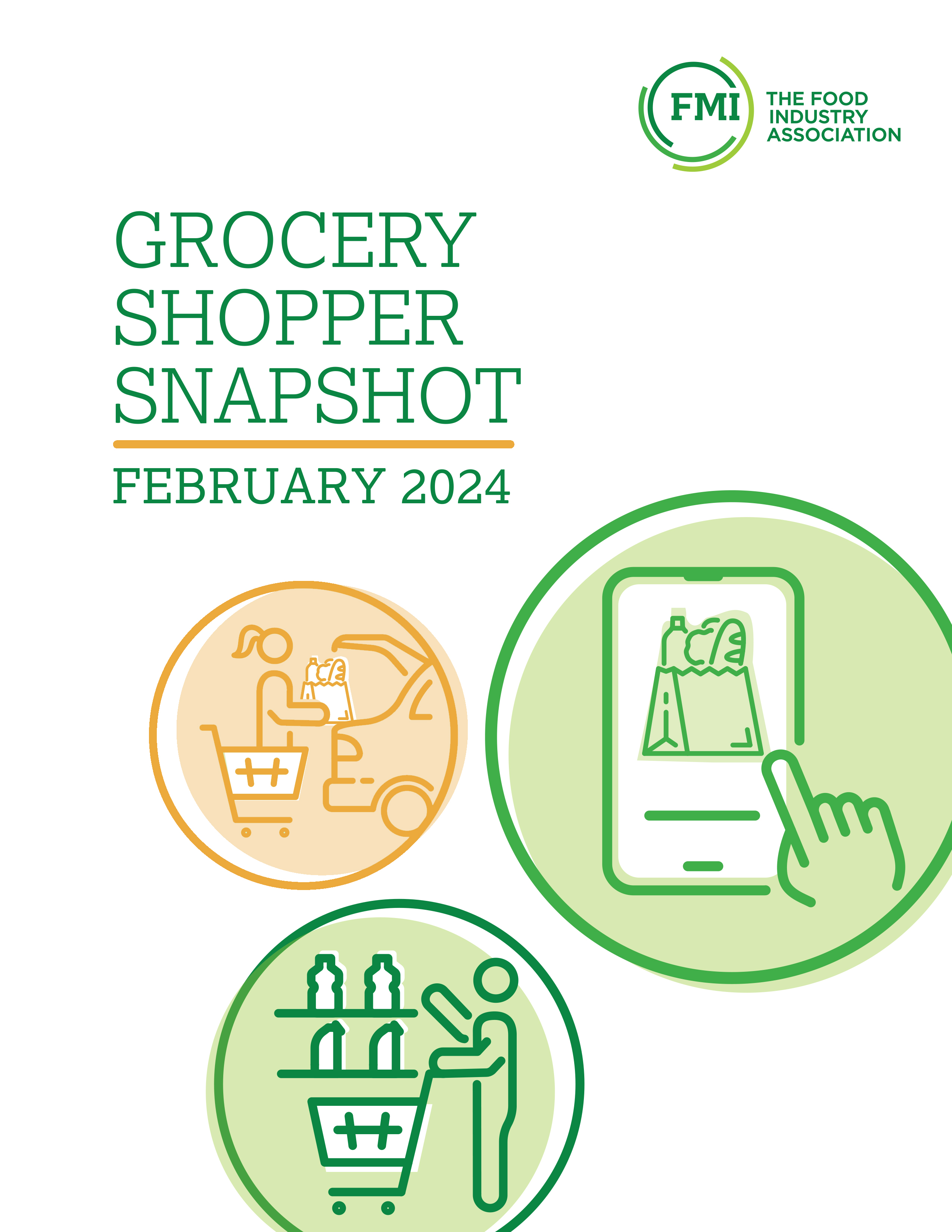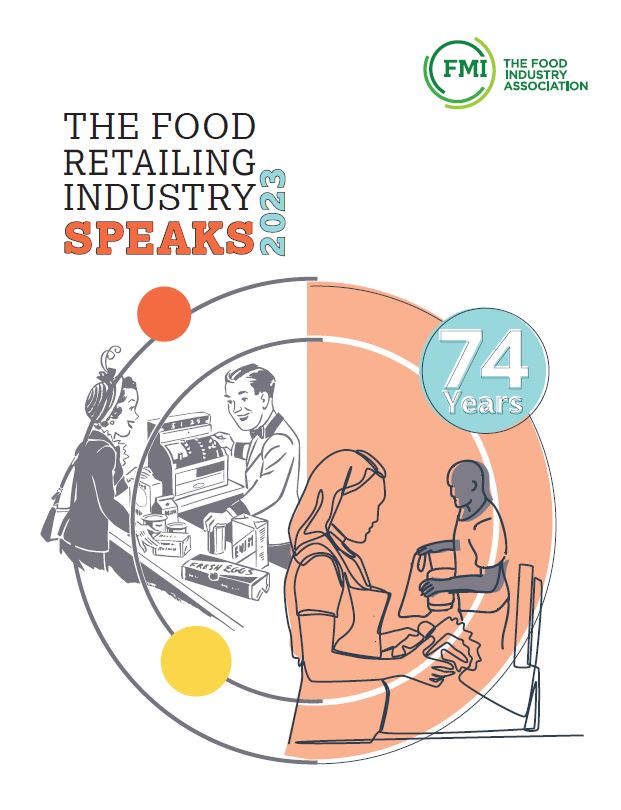By: Mark Baum, Senior Vice President of Industry Relations Chief Collaboration Officer, Food Marketing Institute

The following article appeared in the January/February 2017 Edition of Retail Leader.
I’ve always posited that food should be more like fashion. Similar to the latest trends in lapels and color palettes, consumers’ palates are attuned to what’s hot in the food world. Consumers may be willing to experiment with new foods and flavors, but counter to the world of fashion, what we’ve found in our consumer research is that it’s not necessarily an event or the media, or even food suppliers that influence their purchases. When it comes to a trusted authority on wellness, for instance, U.S. consumers primarily rely on their families, doctors and friends. Still, the primary food store ranks high on the list of supporters, and notably, the top-10 wellness allies are without a pop culture reference.
At this year’s Midwinter Executive Conference, we’re unveiling a research project with Kurt Salmon that offers perspective on some of the future forces that will offer our industry new realities on how our food will be produced, supplied and consumed. And while you won’t necessarily see a food retail CEO featured at Fashion Week, these leaders are very much interested in how trends influence the shopper’s wallet. What our business owners can’t always focus on is their company 10 to 20 years out, which is where our association, FMI, can help guide. For instance, what do we do when we meet mass capacity on food production? Or, what are the technological trends that will change the way our world produces food? Or, what will the kitchen of the future look like in an increasingly integrated and connected world?
We’ll explore three key segments:
- Realizations facing the food industry, as it looks to evolve in reaction to realized impacts from global macro trends and consumer expectations and desires;
- How consumer’s migration patterns, life expectancy and economic yield will influence how, when, where and what food is produced and made accessible to them; and
- A forecast of how the major global forces will disrupt, and in many ways demand changes and advances in the food production lifecycle.
These trends are expansive, but so are the confluence of outside factors Kurt Salmon identified that will tailor the segments among consumers, food and consumption. Among them, they identified geopolitical, economic, environmental, technological, scientific and health macro trends. Why, how and what is consumed will be altered as accessibility, preferences and alternatives change for consumers, which has dramatic implications for food producers and retailers.
Taking a nod from the pages of GQ or Vogue, FMI will attempt to offer some predictability within the context of our shifting industry patterns. The 2017 FMI Midwinter Executive Conference will feature a panel presentation regarding this groundbreaking and compelling research on the Future of Food. For more information about this invitation-only event, visit www.fmi.org/midwinter.







 Industry Topics address your specific area of expertise with resources, reports, events and more.
Industry Topics address your specific area of expertise with resources, reports, events and more.
 Our Research covers consumer behavior and retail operation benchmarks so you can make informed business decisions.
Our Research covers consumer behavior and retail operation benchmarks so you can make informed business decisions.
 Events and Education including online and in-person help you advance your food retail career.
Events and Education including online and in-person help you advance your food retail career.
 Food Safety training, resources and guidance that help you create a company food safety culture.
Food Safety training, resources and guidance that help you create a company food safety culture.
 Government Affairs work — federal and state — on the latest food industry policy, regulatory and legislative issues.
Government Affairs work — federal and state — on the latest food industry policy, regulatory and legislative issues.
 Get Involved. From industry awards to newsletters and committees, these resources help you take advantage of your membership.
Get Involved. From industry awards to newsletters and committees, these resources help you take advantage of your membership.
 Best practices, guidance documents, infographics, signage and more for the food industry on the COVID-19 pandemic.
Best practices, guidance documents, infographics, signage and more for the food industry on the COVID-19 pandemic.
